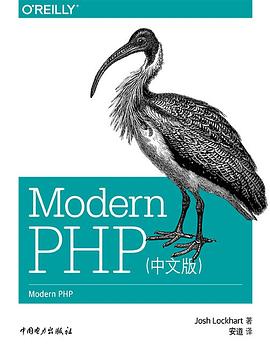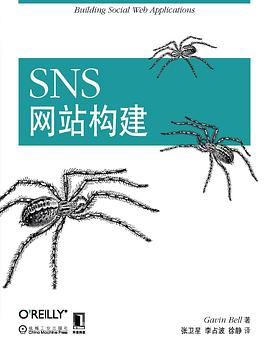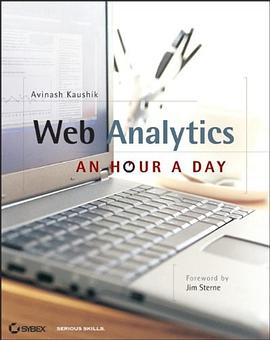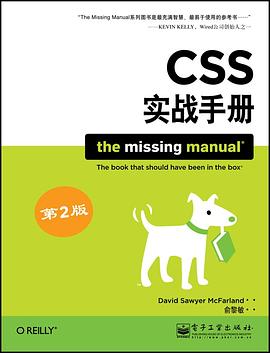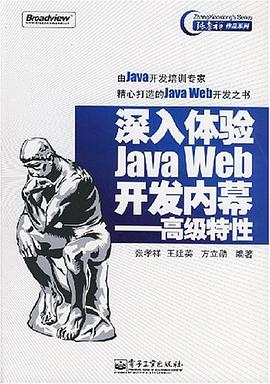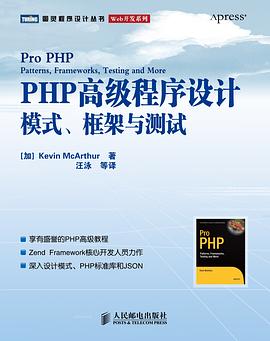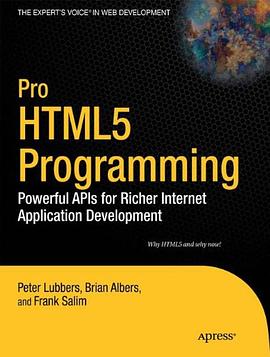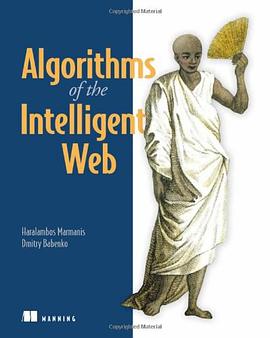

具體描述
Dr. Haralambos (Babis) Marmanis is a pioneer in the adoption of machine learning techniques for industrial solutions, and also a world expert in supply management. He has about twenty years of experience in developing professional software. Currently, he is the director of R&D and chief architect, for expense management solutions, at Emptoris, Inc. Babis holds a Ph.D. in applied mathematics from Brown University, an M.S. degree in theoretical and applied mechanics from the University of Illinois at Urbana-Champaign, and B.S. and M.S. degrees in civil engineering from the Aristotle University of Thessaloniki in Greece. He was the recipient of the Sigma Xi award for innovative research in 2000, and he is the author of numerous publications in peer-reviewed international scientific journals, conferences, and technical periodicals.
Dmitry Babenko is the lead for the data warehouse infrastructure at Emptoris, Inc. He is a software engineer and architect with 13 years of experience in the IT industry. He has designed and built a wide variety of applications and infrastructure frameworks for banking, insurance, supply-chain management, and business intelligence companies. He received a M.S. degree in computer science from Belarussian State University of Informatics and Radioelectronics.
Web 2.0 applications provide a rich user experience, but the parts you can't see are just as important-and impressive. They use powerful techniques to process information intelligently and offer features based on patterns and relationships in data. Algorithms of the Intelligent Web shows readers how to use the same techniques employed by household names like Google Ad Sense, Netflix, and Amazon to transform raw data into actionable information.
Algorithms of the Intelligent Web is an example-driven blueprint for creating applications that collect, analyze, and act on the massive quantities of data users leave in their wake as they use the web. Readers learn to build Netflix-style recommendation engines, and how to apply the same techniques to social-networking sites. See how click-trace analysis can result in smarter ad rotations. All the examples are designed both to be reused and to illustrate a general technique- an algorithm-that applies to a broad range of scenarios.
As they work through the book's many examples, readers learn about recommendation systems, search and ranking, automatic grouping of similar objects, classification of objects, forecasting models, and autonomous agents. They also become familiar with a large number of open-source libraries and SDKs, and freely available APIs from the hottest sites on the internet, such as Facebook, Google, eBay, and Yahoo.
用戶評價
##這種書裏使勁貼什麼代碼...注意品味...
評分 評分##有朋友對構建本書中的代碼運行環境有疑問,特彆準備瞭一點介紹,為瞭格式上的方便,請訪問這裏:http://gossipcoder.com/?p=842
評分##很不錯的科普,但是不夠係統全麵,隻有一些例子
評分##說實話,這本書也就隻夠看看目錄,如果還有其他的價值的話,可能因為是國外的書翻譯過來的,本身有些參考文獻和開源工具介紹還不錯,權且看看機器學習和數據挖掘等智能算法的應用方式罷瞭。 如果真要深入研究其中的算法,我覺得還是找其他書吧,這本書對算法講解...
評分 評分##可以作為智能算法學習的起點,覆蓋瞭搜索、推薦、聚類、分類等領域,有大量實用的示例代碼,提供瞭很多擴展閱讀的資源,以此為綫索可以幫助我們循序漸進的深入智能算法的領域。 不足之處: 書中代碼的部分常常沒有事先說明思路,直接先上代碼,而代碼中瑣碎無關的部分,以及排...
評分##說實話,這本書也就隻夠看看目錄,如果還有其他的價值的話,可能因為是國外的書翻譯過來的,本身有些參考文獻和開源工具介紹還不錯,權且看看機器學習和數據挖掘等智能算法的應用方式罷瞭。 如果真要深入研究其中的算法,我覺得還是找其他書吧,這本書對算法講解...
評分相關圖書
本站所有内容均为互联网搜索引擎提供的公开搜索信息,本站不存储任何数据与内容,任何内容与数据均与本站无关,如有需要请联系相关搜索引擎包括但不限于百度,google,bing,sogou 等
© 2025 book.tinynews.org All Rights Reserved. 静思书屋 版权所有






